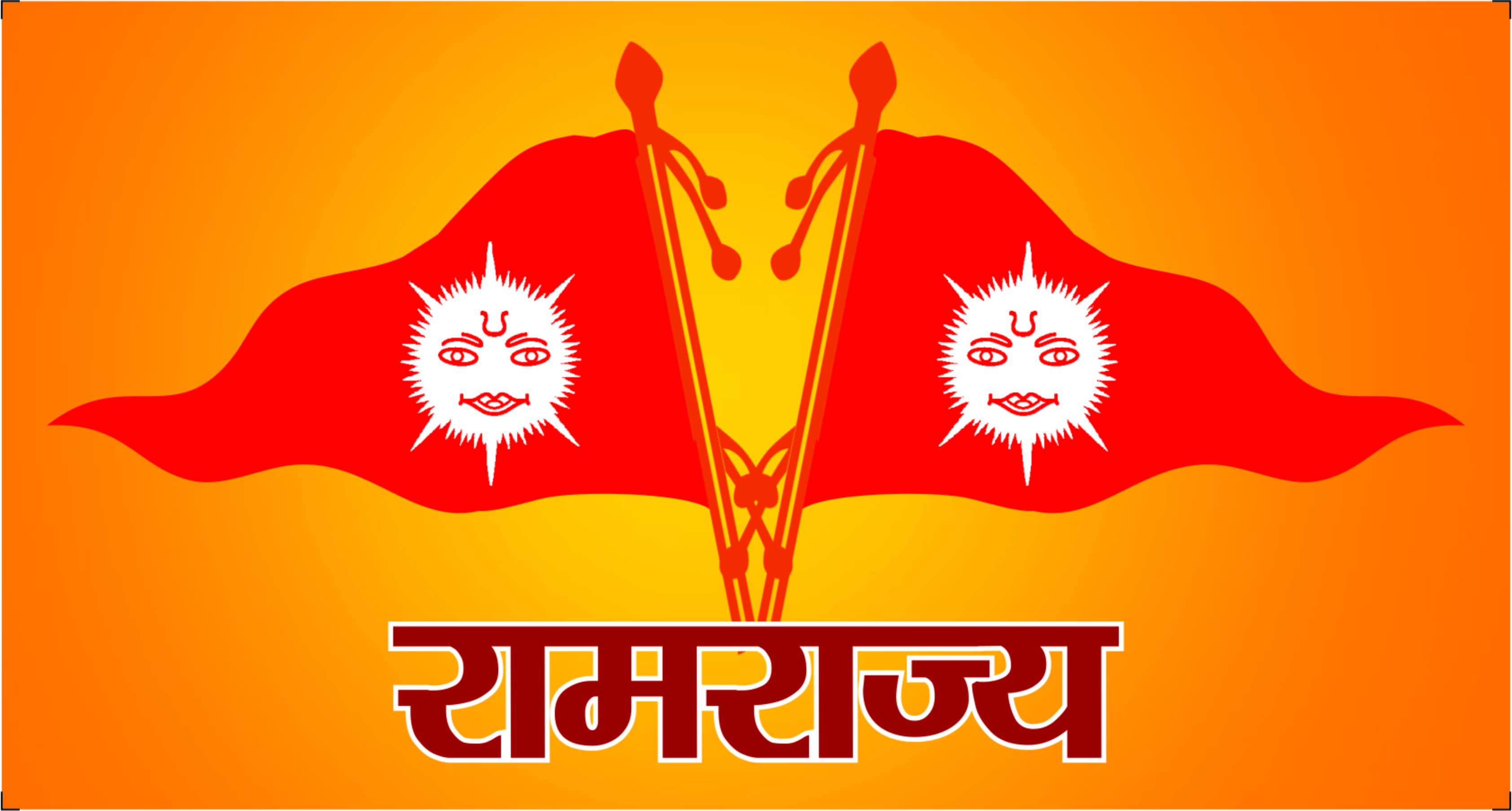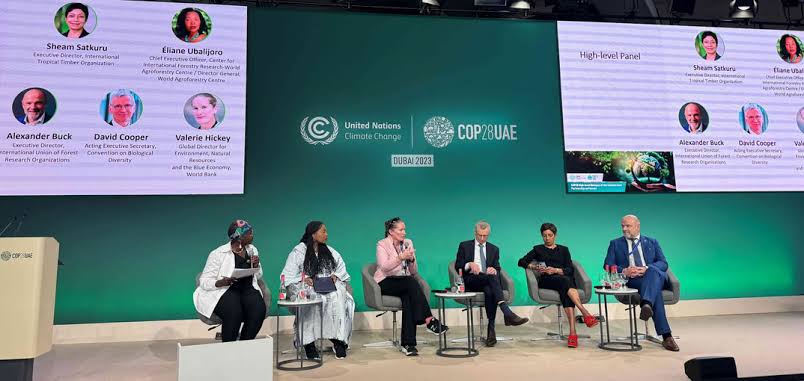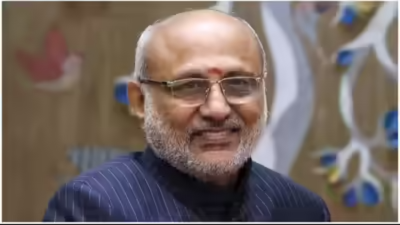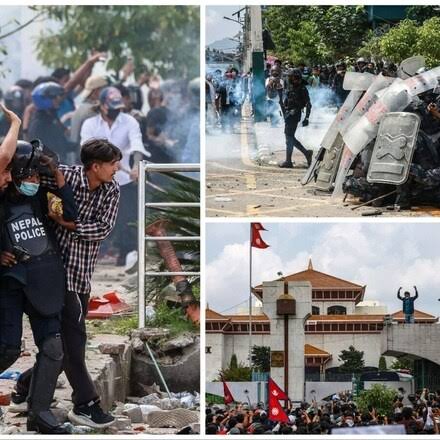In a keynote address at the 7th G-STIC (Global Sustainable Technology and Innovation Community) Delhi Conference, held on October 22, 2024, Shri Hardeep Singh Puri, India’s Minister of Petroleum and Natural Gas, outlined India’s path toward sustainable energy solutions. He emphasized how technological advancements achieved by India could be adapted across the Global South, and acknowledged the complexities of energy transitions in democratic societies. Shri Puri pointed out the ongoing debate about whether such transitions are easier or more challenging in democracies, with no definitive answer.
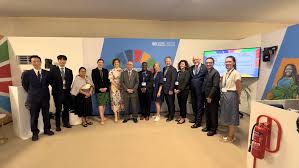 The conference, organized by TERI and VITO, with support from eight independent technology research institutes, marks the first time G-STIC has been hosted in India. The event focuses on the theme: “Harmonizing Technology, Policy, and Business Pathways for a Sustainable Future and Coexistence,” addressing the global challenges of energy policy, technology, and sustainability.
The conference, organized by TERI and VITO, with support from eight independent technology research institutes, marks the first time G-STIC has been hosted in India. The event focuses on the theme: “Harmonizing Technology, Policy, and Business Pathways for a Sustainable Future and Coexistence,” addressing the global challenges of energy policy, technology, and sustainability.
In his address, Minister Puri highlighted the energy trilemma that governments around the world face: balancing affordability, availability, and sustainability. As India’s energy consumption is projected to rise—from the current 5.4 million barrels per day to 7 million barrels per day by 2030—India is positioned to play a significant role in global energy demand. It is expected that 25% of the increase in global energy consumption over the next two decades will come from India.
Affordability is a key concern, and the Minister pointed to the government’s investment in research and development to address this. He cited innovations like hydrogen fuel cell technology, with India now operating 15 hydrogen-powered buses as part of a demonstration project. These initiatives represent a step toward sustainable transport solutions aimed at reducing carbon emissions.
Shri Puri also highlighted the significant strides India has made in ethanol blending. From a modest 1.53% in 2013-14, the blending rate has now reached 16%. This progress has encouraged the government to bring forward its target of 20% ethanol blending from 2030 to 2025. He revealed that discussions are already underway to develop a roadmap for energy solutions beyond the 20% target, demonstrating India’s proactive approach to future energy challenges.
The Minister addressed the energy needs of developing nations, particularly in the Global South, which remain heavily dependent on energy imports. While India does not have the same level of biofuel-producing agricultural land as Brazil, Shri Puri expressed optimism about the role biofuels could play in reducing energy import dependence and meeting local energy demands.
He also emphasized the transformative effect of the Ujjwala scheme, launched in 2016, which has increased the number of LPG connections from 140 million to 330 million, providing clean cooking fuel to economically weaker households. This initiative, along with other social welfare programs, has played a key role in lifting around 250 million people out of multidimensional poverty under the leadership of Prime Minister Narendra Modi.
In conclusion, Shri Puri spoke about the potential of green hydrogen as a transformative force in India’s energy future. He highlighted the importance of domestic demand, production, and consumption in making green hydrogen a viable energy source. However, he acknowledged that reducing the cost of green hydrogen production remains a key challenge, and called for continuous innovation and scaling of technologies in this sector.
